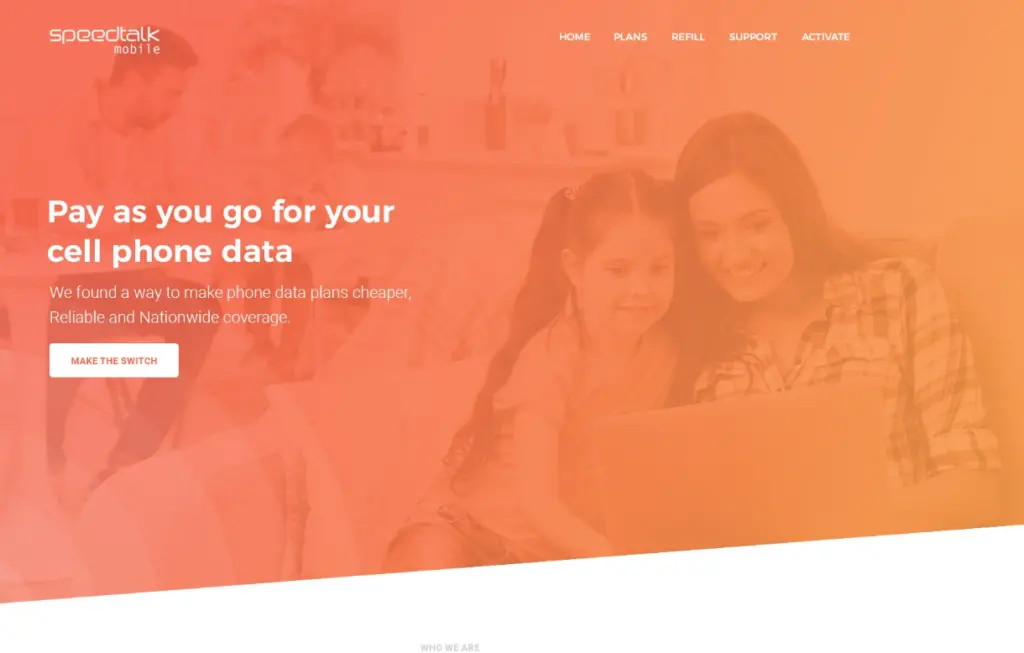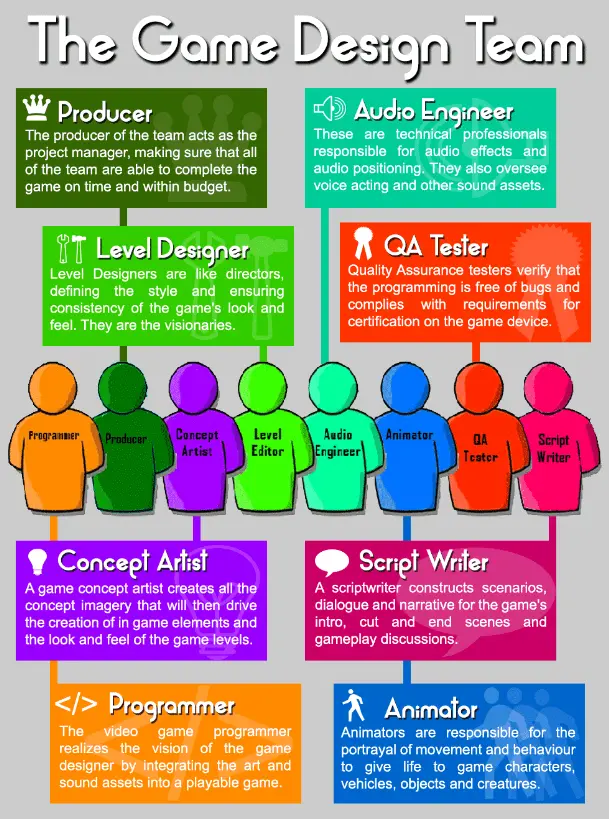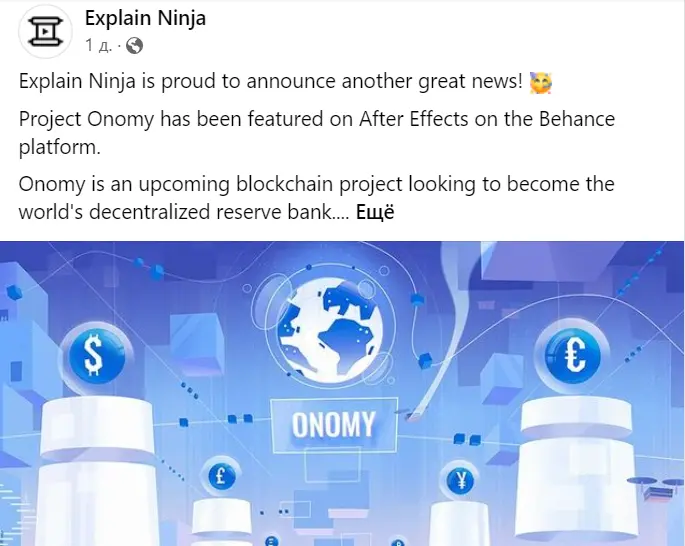The Power of Visual Communication in Digital Marketing
Visual communication is crucial for brands that aim to establish trust-based relationships with a target audience. These insights may help your company build visual content and interact with consumers creatively with the importance of visual communication. So, what is branding video production visual communication?

What Is Visual Communication?
Visual communication refers to messaging the customer through visual content, such as images, videos, animation, infographics, graphic design, etc. Today, it matters even more in digital marketing than before since it allows brands to satisfy the modern customer need for immersive online experiences. Let’s consider why brands should pay particular attention to shaping their visual communication style.
In its visual communication meaning, it’s the act of employing visual components to convey a message, motivate behavior change, or arouse an emotion. Graphic design and communication design are the two components of visual communication. Communication design is the process of developing a message that informs, inspires, and engages the audience and is also known as visual communication example.
Thus, graphic design and communication design are the two components of visual communication.
- Communication design is the process of developing a message that informs, inspires, and engages the audience.
- In order to convey the message to the target audience in a style that is understandable and and appealing, graphic design makes use of design principles.
Choosing the pieces that will give your viewers the most significant is the essence of visual communication. Typically, these components include text, icons, shapes, pictures, and data visualizations.
How does visual communication help at work?
Why visual communication is important? Humankind is an incessant consumer. Our appetite is only rising. And it’s for the better. Please take me right, we mean informational consumerism and the importance of visual communication. While materialistic mass consumerism still is an actual problem threatening this world’s sustainable future, there is also another aspect of this, and it’s positive. The increasing speed of informational consumerism means that the human is becoming capable of perceiving, processing and learning more knowledge. Many name it evolution.
The consumer mind evolves fast, striving for more value-based content, visuals created with extraordinary taste, originality and freshness in all brand manifestations. “Copy-writing” loses its meaning. We already have so many “copies” – in visual art, brand content and even among us, humans. The new consumer looks to experience something unusual, unrepeatable and valuable. “Copies” are taking a back seat. Digital marketing takes a new turn, being reborn as a new form of communication with customers.
In these conditions, visual communication acquires greater importance in the digital landscape. People love with eyes because the visual interacts directly with their desires, instincts and emotions. It’s much easier to reach out to human feelings through images and videos than any other content type.
Why is visual communication important?

Why visual communication matter for brand reputation?
It’s unlikely that your workforce will be made up of individuals from the same generation who share the same personality traits and learning preferences.
In today’s workplace, we work with people from many backgrounds and walks of life who have varied learning styles and backgrounds. We also collaborate across generations and cultures, etc.
This fact results in a very intriguing collection of coworkers and offers the advantage of many different viewpoints. In order to effectively convey and maintain the complete workforce’s level of engagement, it does, of course, also present some substantial issues that employers and managers need to overcome.
Retention
Retention is the first advantage of visual communication. A reader is more likely to retain knowledge in their long-term memory when it is presented to them in a visual style. If you develop your visual communication skills, your team will be able to recall the information they received from you with ease, appreciate its value, and be motivated to look for more of it.
Support of reading comprehension
A strong example of visual communication also aids with reading comprehension and memory retention as the information is being absorbed. The essential ideas you want to convey are effectively and engagingly highlighted by visuals, which also help viewers relate those ideas to situations that are pertinent to their own lives and therefore cement the information in their memories.
Visual content talks to human instincts and feelings
When we see a visually stunning advertisement with a powerful concept behind the image, our imagination makes us even feel the taste, smell or texture associated with the object. The visual aspect of messaging is important because it addresses the customer’s instincts and feelings. It sparks associations, memories and desires.
Some images may turn us back to forgotten values, remind us about refused plans and model the experiences that we can receive with the product. In other words, creative visual content triggers feelings and intuitive or passion-driven decisions. It encourages the dialogue between the brand and the customer.
We decode much more information when perceiving it visually
The human brain can decode and perceive much more information if it’s perceived visually. We may not realize why the brand attracts us and makes us want to return to it again and again. However, our subconsciousness might have made some conclusions about the product or the company based on the visual information. While logic may sometimes rest, subconsciousness is always awake and affecting our choices (including brand preferences and purchasing decisions).
We process and digest visual information faster
You might have already heard about the marketing power of animated videos. It’s a perfect example of how visual communication helps the customer understand the product essence or complicated business ideas within minutes or even seconds. Animation and explainer videos are a great way to communicate the brand message, introduce your business or explain how your product works creatively.
In a tasty video under 60 seconds in length, you can pack the information about the product value, functionality and even a brand story. It sounds unbelievable, but it’s possible and many brands successfully apply this marketing practice today. Also, illustrations, infographics, live-motion videos and other visual content forms can serve as excellent brand “communicators” and support your marketing message.
Powerful visuals make a lasting impression
We can recollect the information about the company faster if we have seen its visual representation. Naturally, visual content can shape sticky memories and build a stronger brand image in customers’ minds. It makes a lasting impression and helps the company stand out from the competition.
Visual content helps communicate the brand vibe
By saying “the brand vibe,” I mean the company’s mood, style, mission, values and story blended into one cocktail that makes you feel who the brand is rather than understanding it. Likely, there is nothing that can better communicate the brand vibe than creative graphics, videos, illustrations, advertisements, and other visuals.
You can aid in the comprehension of outcomes, statistics, and the potential effects they may have on your organization by pressing record and narrating your graphs or slide presentations for your audience. When providing data to coworkers in other departments, who might want a little additional context or explanation to comprehend what the figures imply, this can be quite beneficial.
Overcomes the data overload
In a society in general and at work in particular, information overload is a very serious problem. There are many distractions to contend with, including phone notifications, coworkers stopping by with inquiries and fresh information to give, and the desire to browse social media.
If your coworker opens the email and sees a big wall of text, regardless of how well thought out or important your message is, presume they aren’t going to read it.
The good news is that you can ensure that important information doesn’t get lost by developing your visual communication skills, which will help you avoid misunderstandings and keep projects on schedule.
The quantity and caliber of information being transmitted frequently correspond with the degree of resistance to communication.
Bring on fresh workers
Scheduling in-person training sessions each time a new employee joins your company might take a lot of time. Being a new employee and learning so much at once is also overwhelming. By producing narrated screencasts that demonstrate how to use the common apps at your company, you can simplify onboarding. By foregoing in-person training sessions, you’ll save time, and new hires will be able to review them whenever they need a refresher.
Provide feedback
Giving and receiving feedback on content or other projects can be challenging. For input on initiatives, you frequently have to wait (or pursue) stakeholders. Additionally, they occasionally leave you to interpret entire lines of text while offering ideas. Using images to provide your precise comments might cut down on time spent exchanging emails and aid in communication. This might speed up the approval procedure considerably.
Inspired by TechSmith
Principles of Effective Visual Communication
After working with different brands on their marketing strategies, I have defined several principles of visual communication.
The value over speed
We have already seen many “quickly created” visual content pieces lacking quality and idea. Yes, content production and information flow speed is still critical in today’s fast-paced digital world. However, the content shouldn’t miss value to be able to meet modern consumer demands.
Clear messaging
It doesn’t mean there is no message if there are no words. Make sure your message is clear for everyone in your target audience. When using visual metaphors in marketing and advertising, keep in mind that your consumers should be familiar with its context, have a background understanding of it. Otherwise, your message won’t achieve the desired goal and won’t make the expected effect. It may lead to misunderstandings between the brand and the audience. So, it’s advisable to incorporate only well-known concepts, jokes or stories into your visual content.
Space for imagination
The perfect balance is achieved when your message is clear but not too obvious. Leave enough space for the consumer imagination. Encourage creativity and thinking out of the box. Let customers co-create this story.
Constant reinvention and experimentation
Reinvent concepts, images and heroes. For example, when using their images in your visual communication strategy, you can give a new meaning to characters from cartoons and movies. Also, you can use well-known symbols to emphasize your brand idea. However, beware not to breach someone’s business or cultural interests when doing so .
Addressing not all, but everyone
Your target audience is a community of individuals with specific interests, tastes and peculiarities. Emphasize the beauty of diversity, don’t generalize too much when messaging your consumers. Let them know that each of them matters to your brand, that you care about everyone and want to hear everyone.
Examples of visual communication
Information is communicated visually when it is represented graphically. It facilitates the quick and simple communication of significant or pertinent data and statistics. Presentations, bar graphs, and charts are a few of example of visual communication in the workplace. There may be more, but that depends on the environment, tasks, goals, and other factors. Some of the most typical are listed below:
GIFS

Screenshots

Pie graphs
Screen captures

Videos
Slide shows

Infographics

Posts on social media

Read our blog post to find some of the best social media videos from a marketing standpoint.
Visuals keep things exciting and new; don’t be scared to use more than one of the aforementioned examples.
Wrap Up
We are happy to share these several visual communication insights and the visual communication definition based on my experience co-creating digital marketing with different brands. Regardless of where you operate, adequately communicating your message is crucial. Additionally, using images in emails and presentations might alter how your team interacts. We hope they inspired you to refresh and reimagine your visual communication company digital strategy. Let your brand shine with innovation via contemporary visual communication examples and build meaningful connections with people through powerful visual content.
Article first appeared on Business2Community


